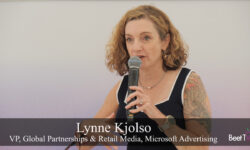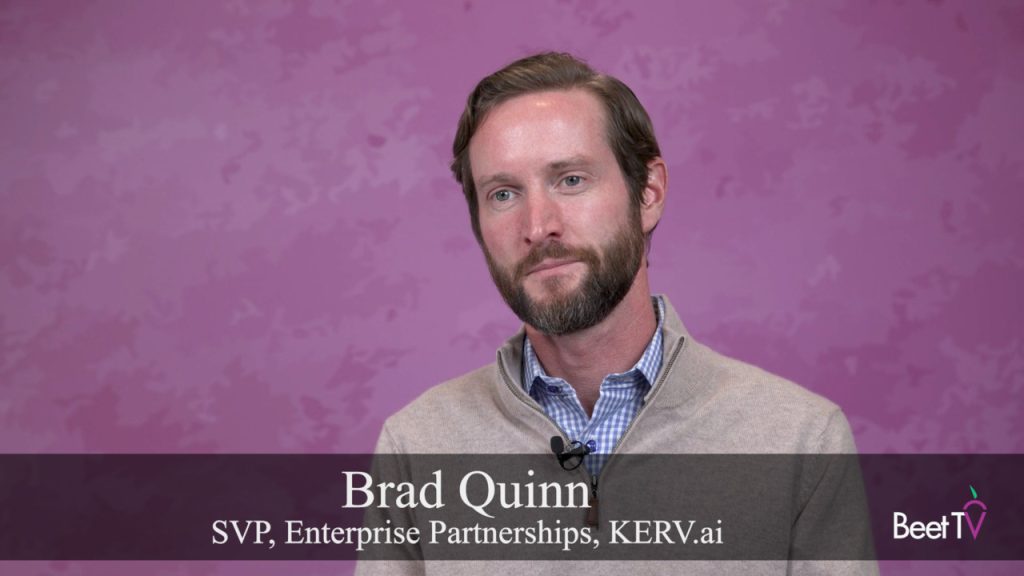CANNES — The Walt Disney Company is already known for its Magic Kingdom. Now it is also bringing some “magic” to contextual ad targeting.
The company has set a goal of achieving over 50% of its revenue through automated channels and is on track to exceed that target, making programmatic central to how Disney goes to market and scales its business.
Now it has launched a product called Magic Words to better identify contextual moments in programming.
Taking Control With ‘Drax’
To tackle the challenges, Disney developed its own technology called the Disney Realtime Ad Exchange, or “Drax”, which serves as the company’s programmatic integration layer to the broader ecosystem.
“Having that control gave us a lot of flexibility then about how we wanted to activate all the audiences, what sort of signals we passed in the market, who we wanted to connect to, and then make sure we could integrate programmatic demand into the rest of our business,” says Alex Combs, VP of Product Management for Advertising Platforms at Disney, in this video interview with Beet.TV
But Disney isn’t moving over to programmatic exclusively: “We still have a massive direct sales organization and direct sales business, and making sure that all of that plays together holistically is a core part of what makes us successful.”
Expanding Advertiser Options
The developments are expanding Disney’s ability to work with advertisers through whichever channel they want to activate on.
“There’s a value proposition for them going to programmatically and be able to work with the DSPs that they want, and we want to be there to be able to capture those dollars,” Combs says.
“At the same time, that same buyer may come to us direct for a high touch sponsorship, for some premium content or something like that. So having that optionality for a buyer is really key for us.”
Maximizing Context With ‘Magic Words’
One of Disney’s key initiatives is a new product called “Magic Words”, which uses AI and human curation to understand critical moments and moods in content to best match advertisements.
“It’s really about, I think, trying to maximize our contextual understanding of our supply and recognizing that not all context is created equal, and there’s ways of best matching the message of a brand with those moments,” Combs states.
“So this is going to be a really major step for us in being able to understand that and core focus for us of the year.”
The product began beta testing with agencies in February.
For Combs, the real possibility lies in how Disney’s various initiatives come together.
“We’re investing in Magic Words, but it’s about then ‘how do you act on that?’” he says. “Owning the sort of unified ad platform holistically allows us to leverage things that are fuel, like Magic Words, across all of our channels, and then manage that and optimize it holistically for our business.”














































